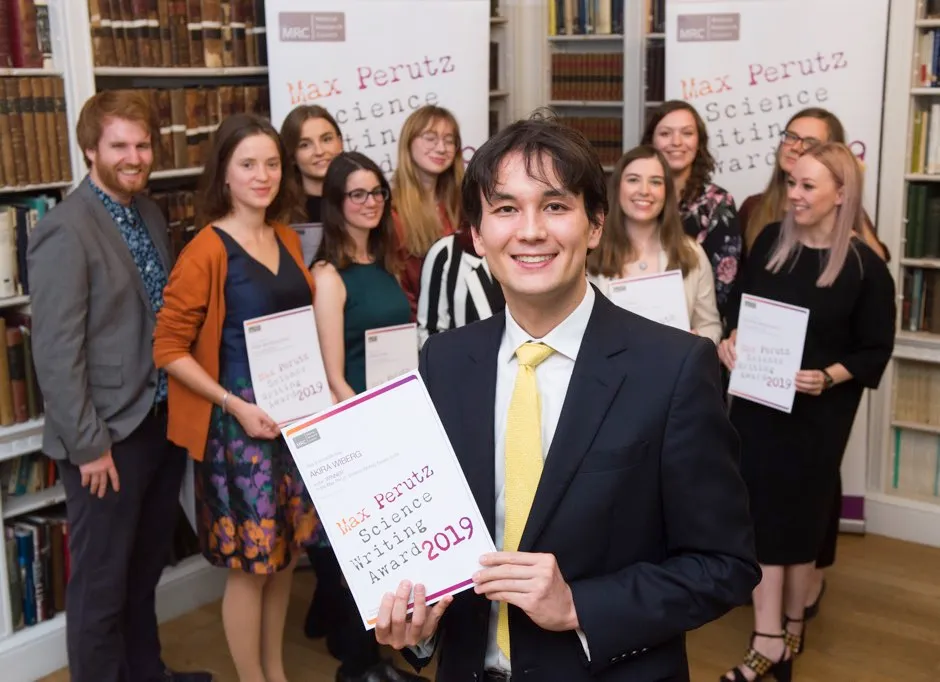“Does this feel sharp?”, I ask my patient, as I use my forceps to pinch the skin of her hand. She says no, so I proceed to make a 2-inch incision in her palm. I dissect through the layers of fatty tissue to expose a greyish-white structure called the transverse carpal ligament.
I take the scalpel and proceed to my favourite part of this operation – cutting through this thick, gristly ligament until I see the glistening, white cord running under it. This is the median nerve, and I am seeing it as it’s running through the carpal tunnel – a narrow channel created by the wrist bones underneath and the transverse carpal ligament on top. I have to carefully divide the whole ligament to free the nerve from the confines of this tunnel.
My patient has carpal tunnel syndrome, and her median nerve has become severely compressed within the carpal tunnel. Nerves that get compressed stop working properly, so she wakes up at night with severe pain in her hand and has tingling and numbness in her fingers. Recently, she’s started dropping objects and has struggled to do up her buttons as her thumb has become progressively weaker.
About one in 20 people will develop carpal tunnel syndrome at some point in their life, but we don’t understand why the median nerves gets compressed in certain people. A big part of the answer lies in our DNA, and my research is trying to answer how your genes make you more likely to develop carpal tunnel syndrome.
Your DNA consists of a sequence of 3 billion chemical “letters”. You and I share 99.9 per cent of the sequence of letters in our DNA, and it’s the 0.1 per cent that we don’t share that makes us different in all sorts of ways, from our physical appearance to the likelihood of us developing diseases like carpal tunnel syndrome. During my PhD project, I performed something called a genome-wide association study (GWAS), in which I used a powerful computer to examine the 0.1 per cent of the genome that we don’t share, to compare the DNA letters between thousands of people who have carpal tunnel syndrome against thousands who don’t.
My study found 16 locations in the genome where people with carpal tunnel syndrome are significantly different from those without, and we’ve used this information to discover several genes that are likely to be important in an individual developing the condition.
Read more about the future of medicine:
- Post-surgical Manuka honey 'sandwiches' help fight superbug infections
- Gordon Wallace: Is an implantable electronic device the future of medicine?
- Why personalised medicine is coming, and how it's going to help us beat disease
This sort of genetic study is important in many ways. After the GWAS, I performed an experiment called RNA-sequencing to show that the genes that we found in the GWAS are overactive in the tissues that surround the median nerve in the carpal tunnel. We can therefore potentially target some of these genes with drugs to stop the changes that take place in these tissues as the median nerve gets compressed in carpal tunnel syndrome. We are several years away from such a drug, but understanding how genes are involved in a disease process is the necessary first step in developing new treatments.
Another application of this research is in disease prediction, and I have developed something called a polygenic risk score for carpal tunnel syndrome. Using a patient’s DNA sequence, I can calculate a number that reflects how much “genetic risk” for carpal tunnel syndrome they carry in their genes. I’ve found that patients who need surgery have, on average, a higher polygenic risk score than patients who don’t end up needing an operation.

10 to 20 years from now, it’s likely that all of us will have had our DNA sequenced, and this information will be used by doctors to help treat patients in a way that is tailored to their genetics. In carpal tunnel syndrome, we could use this information to predict things like who is likely to develop a severe form of the disease, or who is likely to have symptoms that come back after surgery. The way we practise medicine will change dramatically in the next couple of decades, and it’s important to me that hand surgery patients will also benefit from what’s described as “the genomics revolution”.
Carpal tunnel syndrome isn’t cancer or heart disease, so it will never get the same amount of publicity or funding. But it’s an important disease that affects millions of people’s lives in very profound ways. We use our hands for so much of our interaction with the world around us, and I think it’s easy to take a pair of fully functioning hands for granted.
Back to the operating theatre. After suturing the wound closed, I apply a bandage to the patient’s hand, hoping that the operation will improve her symptoms, or at least stop her already advanced disease from progressing any further. It’s a long way from DNA to the operating theatre, but as surgeons who study genetics, we are working hard to bridge that gap to improve treatments for our patients.
The Max Perutz Science Writing Award is awarded to Medical Research Council PhD students, and aims to encourage and recognise outstanding written communication.
The award is named after the eminent scientist and Nobel Laureate Dr Max Perutz.